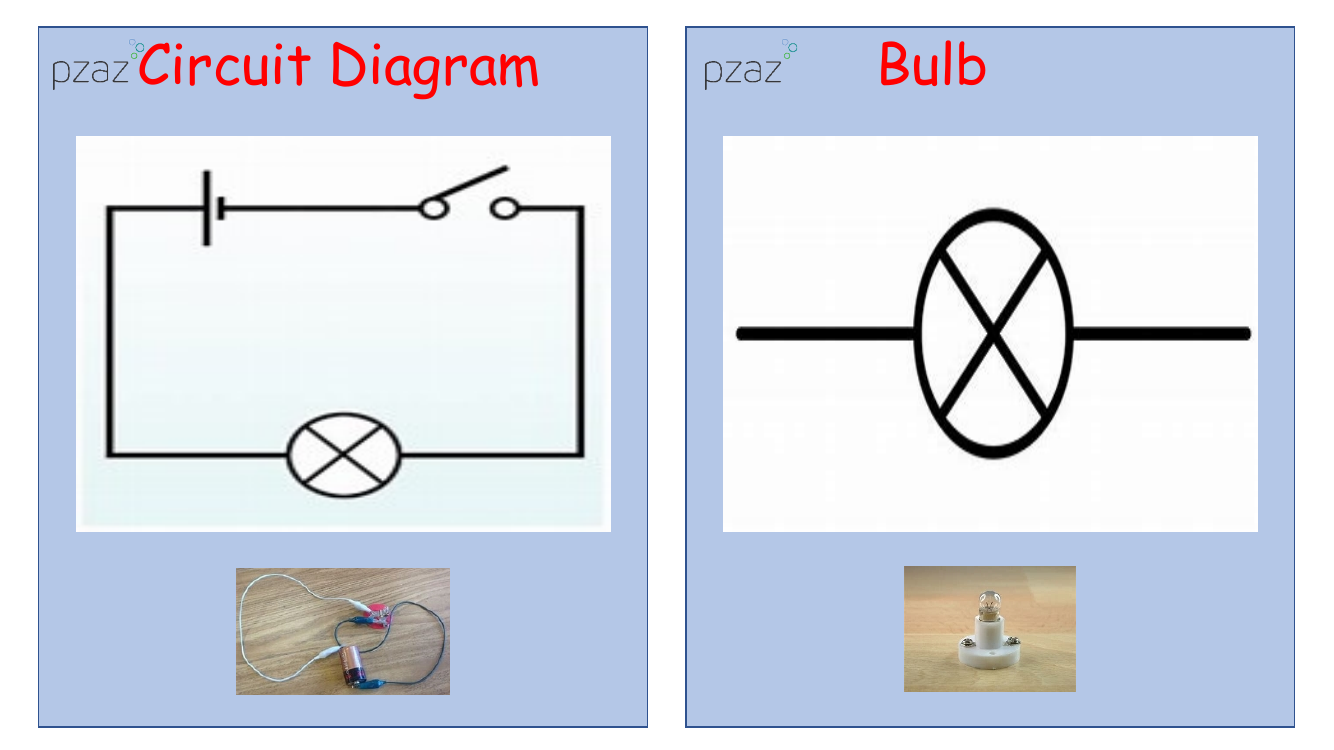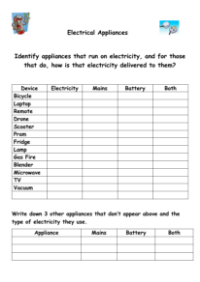Electrical Conductors - Circuit Symbols

Science Resource Description
When studying electrical conductors, it is essential to be familiar with various circuit symbols, each representing a different component within an electrical circuit. The symbol for a bulb is often depicted as a circle with a cross inside, signifying the light-emitting element of the circuit. The cell, which provides the electrical energy, is represented by one long and one short parallel line, indicating the positive and negative terminals. When multiple cells are combined, they form a battery, represented by several long and short lines in succession.
Other fundamental components include the switch, which is symbolized by a break in the line with a dot at each end, showing where the circuit can be opened or closed. The buzzer, an element that converts electrical energy into sound, is represented by a set of small lines radiating from a circle, suggesting the emission of sound waves. The motor, which turns electrical energy into motion, is shown as a circle with the letter 'M' inside. Lastly, the wire, an essential part of any circuit providing the pathway for electrical flow, is represented simply by a straight line connecting the various components in the circuit diagram.








